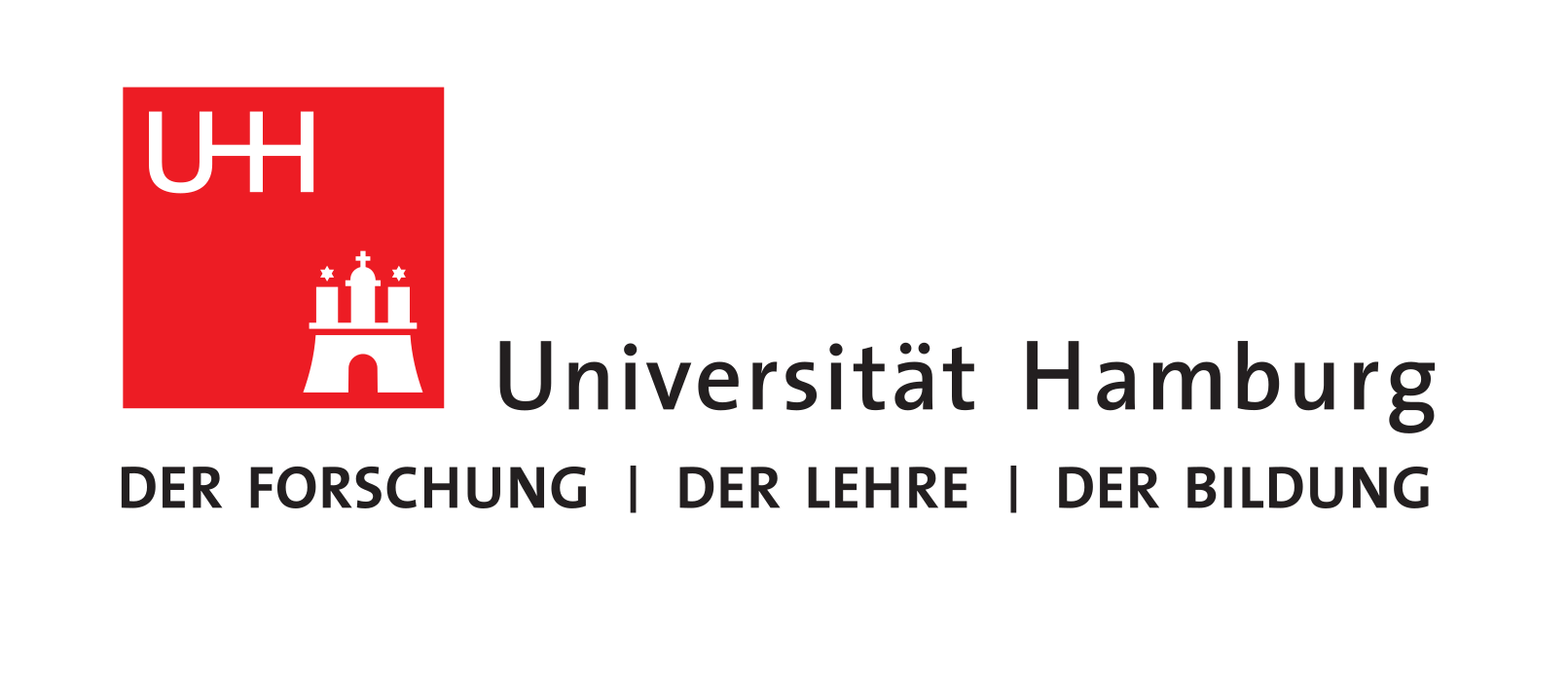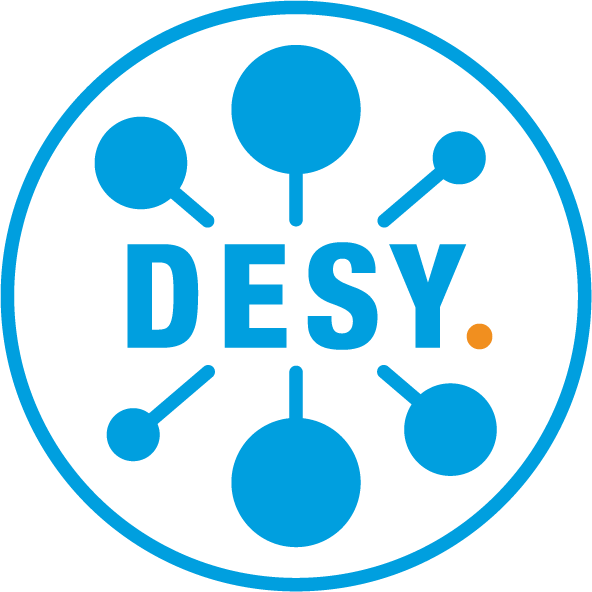Research goals
We wish to continue our quest to establish new theoretical studies that address central open issues in hadronic physics and more broadly in the physics of the strong interactions. Our proposed studies will build on the progress we have achieved in the first three years of funding. Despite the pervasive adverse effects generated by the pandemic, we have been able to carry out large fractions of our research program, obtaining outstanding and exciting new scientific results disseminated in over 30 publications. These results have not only met our goals but have also opened new avenues for further research that we plan to pursue in the second funding period.
Key elements of our new plans include computations of high-order terms in QCD perturbation theory and of higher twist corrections, to be combined with state-of-the-art phenomenological studies and precision investi- gations of hadronic structure. As in the first funding period, our scientific goals are devised with an eye to the physics program at the future Electron-Ion Collider (EIC), the theoretical foundations for which we wish to improve and strengthen. Over the last three years, remarkable progress has been made toward the realization of the EIC: Brookhaven National Laboratory (BNL) has been selected as the site for the future EIC, the project has passed two out of five "Critical Decision" milestones by the U.S. Department of Energy in 2019 and 2021, and the base concept for an EIC detector is about to be selected. The EIC science case has also been sharpened further and is now documented in the "EIC Yellow Report", to which significant contributions were made by FOR2926 researchers. These exciting developments provide additional motivation — and also urgency — for our new studies.
The main results of our first funding period are collected in this document.



